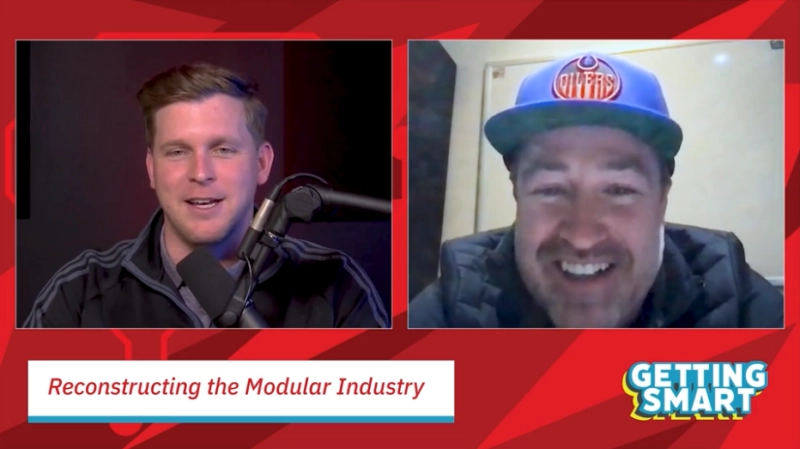BEAT THE HEAT: TOP TEN LIST OF WHAT TO AVOID WHEN WORKING IN HIGH TEMPERATURES
The heat is on – the first heat wave of the year is scorching the U.S.A. Record high temperatures and oppressive humidity result in Excessive Heat Warnings across the country. The brutal heat can turn deadly. Caution is advised, particularly when working inside with poor ventilation and no A/C. Working outside in an urban environment can also put workers at high risk of heat-related illnesses. The pavement, buildings and other structures bake in the sun, trap the heat and radiate it. Construction workers, factory workers, warehouse workers, First Responders and Firefighters can be affected, to name just a few.
Check out this top ten list of things to avoid when working during hot summer days to avert heat-related illnesses and to stay healthy, safe and productive:
- Prevent getting thirsty. Drink water on schedule. If workers wait until they are thirsty, then they are already in danger of dehydration. According to OSHA recommendations, workers should drink four cups of water an hour. Workers should have a refillable water bottle and access to clean water.
- Keep away from arriving dehydrated. Workers should pre-hydrate before entering the hot work zone. Dehydration, in any percentage, is risky to worker safety and productivity. Just one percent hydration can decrease productivity by 12 percent, per a Journal of the American College of Nutrition report. Encourage a culture of hydration by educating workers on how vital it is to start the day hydrated.
- Avoid ice cold water. You may think the colder the water, the better. However, ice cold water causes the blood vessels in the stomach to constrict, which reduces the rate of fluid absorption. Cool water is absorbed much faster.
- Don’t shun electrolytes. Working in the heat for any period of time causes excessive sweating, which causes substantial electrolyte loss. To replenish, choose an electrolyte drink which is sugar-free. This helps the body to recover electrolytes without the sluggishness that high sugar drinks can cause.
- Steer clear of caffeine. Coffee, tea, and any other caffeinated beverages act as a diuretic, increasing water loss and elevating the risk of dehydration. Urge workers to reconsider their daily caffeine intake when heat indexes and temperatures are high and choose beverages without it.
- Don’t skip meals. Food contains water and is critical for our body to replenish fluids. It’s essential for workers to eat breakfast and lunch as a means to combat dehydration. Eating also stimulates the thirst response so workers will naturally want to drink their prescribed amount of water each hour. Advise your workers that leafy greens, fruit, and nuts are all great to replenish the fluids lost through sweat.
- Avoid lack of planning. Lack of planning in the face of extreme heat increases the risk of heat injury. Consider which parts of the project are the most demanding or have the most exposure to the sun, and work on those during the coolest parts of the day. Rotate workers and ensure they receive adequate rest breaks in cool zones or shaded areas.
- Ditch synthetic fabrics. Synthetic materials trap heat and increase the possibility of heat stress. Instead opt for lightweight materials made of cotton or wicking fabric, which absorb the sweat and provide airflow.
- Steer clear of direct sun exposure without protection. On any part of the worker’s body that isn’t covered by fabric, workers should apply sunscreen that is water resistant and provides UV protection with a high SPF. It should be reapplied several times throughout the day to avoid sunburn.
- Avoid neglecting to wear cooling accessories. A hat is an excellent cooling accessory for blocking the sun from your face and neck. Select one with a hard brim for the best protection.
There are also cooling neck ties and cooling vests available.
A proven way to combat heat at work is by using the right air cooling equipment. Beyond regular fans or swamp coolers, there are alternatives that are more effective and more economical.
The Power Breezer by Breezer Mobile Cooling, for example. Mobile and rugged, this industrial- strength air cooler is perfect for inside, outside and partially covered spaces. Find out details of how Power Breezer can keep your workers cool and safe. To schedule a free heat assessment, contact ustoday!
Read more at powerbreezer.com









